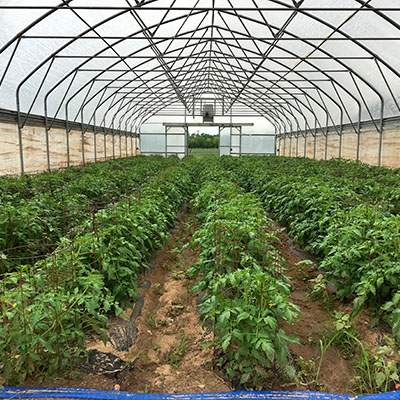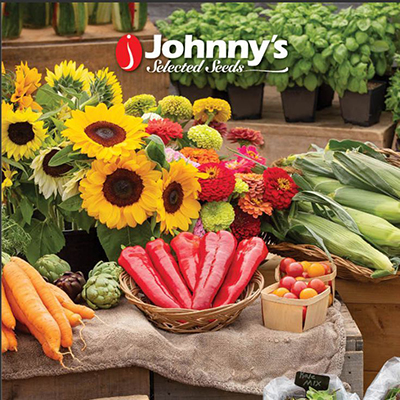Growing for Market in partnership with Johnny's Selected Seeds has created a library of expert information about growing and selling vegetables and flowers. Links in the article will take you to johnnyseeds.com.
Subscribe to Growing for Market for more great ideas about growing and marketing!
For more topics in the series, click on Market Farming Basics in the left column.
January is the best month to choose crops, order seeds, and plan your seed-starting and planting schedules. Spring is still months away, but you can start planting earlier than ever before with the new season extension products available from Johnny’s. And by doing your planning this early, you can be sure you won’t miss any important windows for valuable early crops.
Planning for markets
As a commercial grower, you know that production and marketing must go hand-in-hand. You want to grow crops only if you’ll have a market for them at harvest time. And you want to start going to market only when you have sufficient volume to make it worth your time. Scheduling multiple crops for harvest on a target date can be complicated. That's why Johnny's in collaboration with Growing for Market has created a Target Harvest Date Calculator.
Our calculator is available as a spreadsheet with the formulas embedded. You can download it as either an Excel or Numbers file. If you don’t have either spreadsheet program, you can get the free version of Open Office, which can open the Excel file.
To use the calculator, you first need to set a target date. For example, your target date might be the opening day of farmers market or your first CSA pickup. As the season advances, you might want to schedule multiple crops for a big event like a local food dinner or a wedding. And on the far end of the season, you want to be sure to bring in all your crops before your markets close for the year.
After you’ve input your target date, you’ll need to list the varieties you want to grow and input the days to maturity, which is listed in every variety description in the Johnny’s catalog. You can figure in some other variables, and the spreadsheet will automatically calculate the planting date for each crop. If you sort the list according to planting date, you’ll have a to-do list that you can transfer to your calendar.
You will have to make a judgement about whether the recommended planting date is feasible in your climate. You may need to use row cover, a high tunnel, or a low tunnel to be able to plant early or late in the season. Once you have this information, you can determine how many crops you might have for your important date.
To learn more about the Target Harvest Date calculator, please read these guidelines, and then download the spreadsheet in either Excel or Numbers.
Other calculators
You’ll find three other calculators on the Johnny’s website that will help you plan:
• The Seed Calculator figures the number of seeds or plants you need for a given amount of space. It is available in two options. The first option allows you to choose the vegetable you’re planting and input the number of row feet you want to grow. The recommended plant spacing for each crop is already embedded in the calculator. In the second option, you have to input the spacing between plants yourself, which allows you to use the calculator for flowers, herbs, fruits, or unusual spacing of vegetable crops.
• The Seed-Starting Date Calculator figures the dates when it’s safe to plant outside, based on the frost-free date that you specify.
• The Fall Planting Calculator works backward from your first frost date to determine the date to start seeds for crops that will mature as it gets cold.
Johnny’s website is a great resource as you plan your season. Besides these calculators, you’ll find a wealth of videos, how-to articles, and growers tips.
From JSS Advantage January 2011



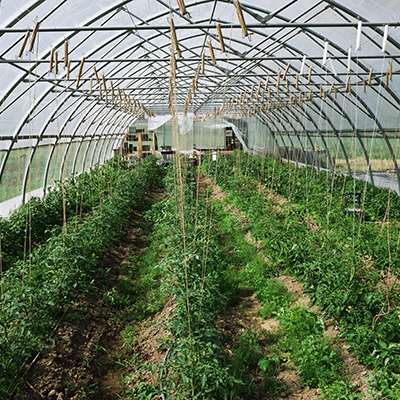
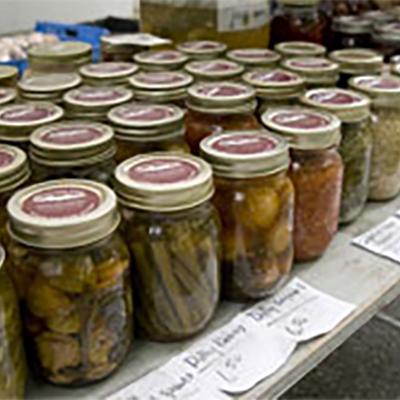
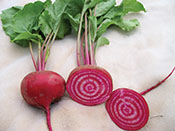 August can be a busy month. Summer crops are at their peak and fall crops need attention. It's time to look ahead to fall and winter markets. Yet, it may still be so hot you just don't want to do anything! We'll suggest some practical ideas and, we hope, provide some encouragement to keep you going.
August can be a busy month. Summer crops are at their peak and fall crops need attention. It's time to look ahead to fall and winter markets. Yet, it may still be so hot you just don't want to do anything! We'll suggest some practical ideas and, we hope, provide some encouragement to keep you going.